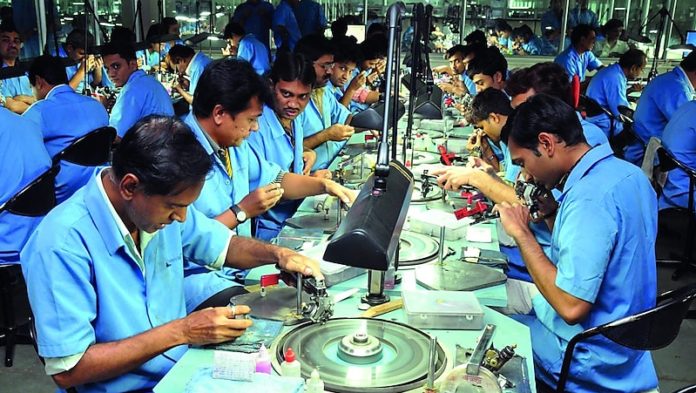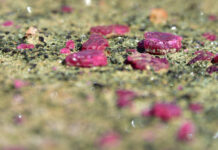
FOURTH quarter diamond sales remained key to the fortunes for De Beers this year following the publication of its latest sales data – the seventh of the year – which confirmed the rough diamond-buying market was bumping along the bottom.
Sales for the seventh sight came in at $280m, somewhat higher than the $250m sold in the previous cycle, but 44% lower year-on-year.
Bruce Cleaver, CEO of De Beers, confirmed reports earlier this month that the company had allowed rough diamond buyers more flexibility to defer their purchases to later in the year. This was to provide “midstream participants” – diamond buyers invited to buy rough diamonds from De Beers – more time to “… work down polished diamond inventory levels and reduced levels of manufacturing in the key cutting centres,” he said.
RMB Morgan Stanley said in a note today following De Beers’ sales numbers that it saw “limited downside” to its full-year diamond revenues from the diamond miner and marketer, and that the sales numbers today should not be a surprise.
De Beers was “proactively” reducing its production for 2019 by two million carats in an effort to improve the market supply and demand dynamics. Said the bank: “Q4 remains key for demand. Medium-term, supply shortages continue to support appealing industry fundamentals.”
Sales for the remainder of the year may be flat or worse before improving, according to an earlier report by Morgan Stanley. August is typically the low point of the year in terms of Indian diamond trade flows. The key data points of September and October were anticipated by the bank.
Basing its comments on Indian import and export data – relevant because manufacturers in the country cut nine out of every 10 stones – Morgan Stanley said diamond inventories were falling heavily as the value of polished exports as a percentage of rough imports was at 160%. This was well above the 2018 average for the year of 134%, and the highest since 2012, it said.
“We take this to be a sign that inventories within the midstream are relatively low, although this may be a result of tougher credit conditions making rough purchases harder, as demand appears to be softening,” it said.
Rough diamond imports into India of $1.1bn increased marginally from the $0.97bn imported in June, but were down 17% year-on-year, and were at the bottom of the five-year range, it said.
NO NEED TO PANIC
Commenting during Anglo American’s interim results presentation on July 25, Cleaver said there was no need for panic regarding the diamond market. He said there was “reasonable demand” in the downstream sector.
“It is still robust; there is reasonable demand, it is not awful. So as long as you have downstream demand you would expect the midstream to play themselves out over time,” he said. Cleaver added, however, that De Beers would be marketing in order to boost fourth quarter sales on which the fortune of the year seem largely to turn.
“It is not a bad space but we will spend money on marketing to boost the fourth quarter. There is no need to adjust expectations,” said Clever.
De Beers had adjusted its production guidance for the 2019 financial year, however, in line with what’s going on in its market. First half production came in at 15.6 million carats, a decline of 11% and in line with a production target of 31 million carats which is at the lower end of its 33 to 31 million carat guidance for the year.
The average realised rough diamond price was 7% weaker at $151/carat for the half-year which was “… driven by a 4% reduction in the average rough price index and a change in the sales mix in response to weaker conditions,” said Anglo in its fourth quarter and interim production report published on July 18.










